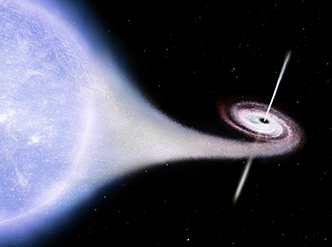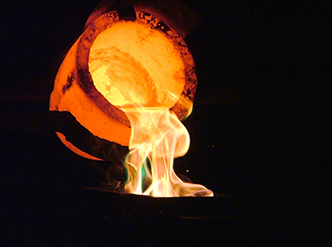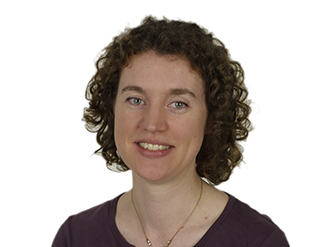
The Periodic Table of Videos website, by the University of Nottingham, UK
August 21, 2012 | Issue 24There are a number of reasons why you might not want to read this review: perhaps you do not teach chemistry, you are resisting the use of video clips in your teaching, or you are looking for non-English teaching materials. These are not good reasons though, as you will see. I challenge you to…




































